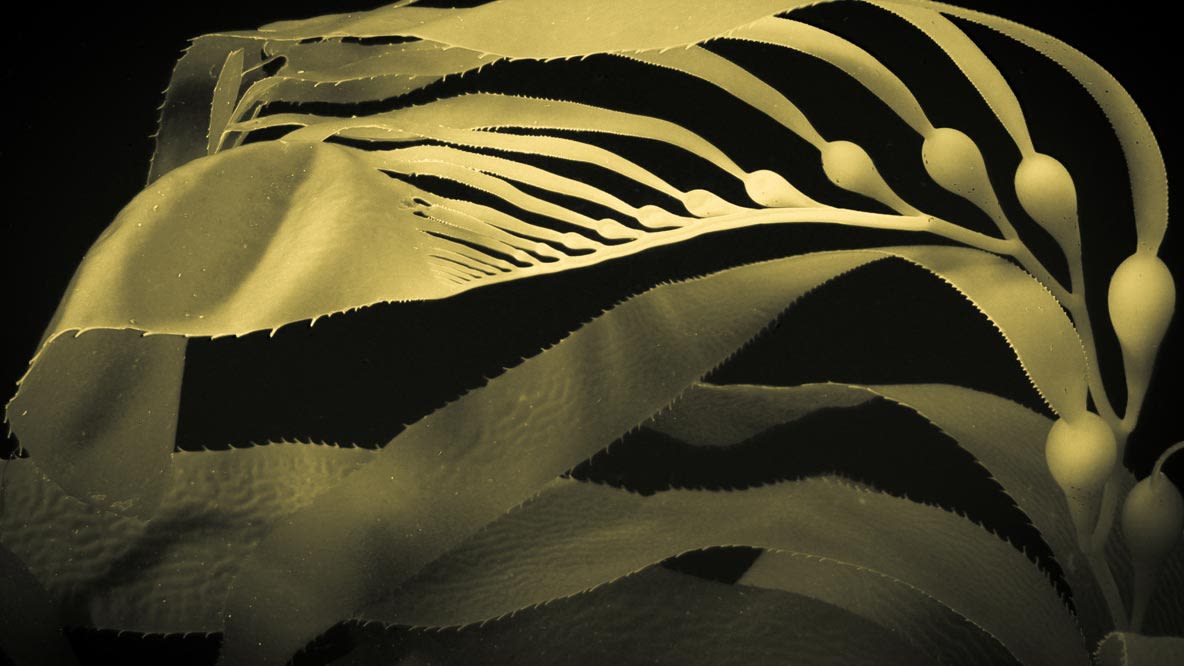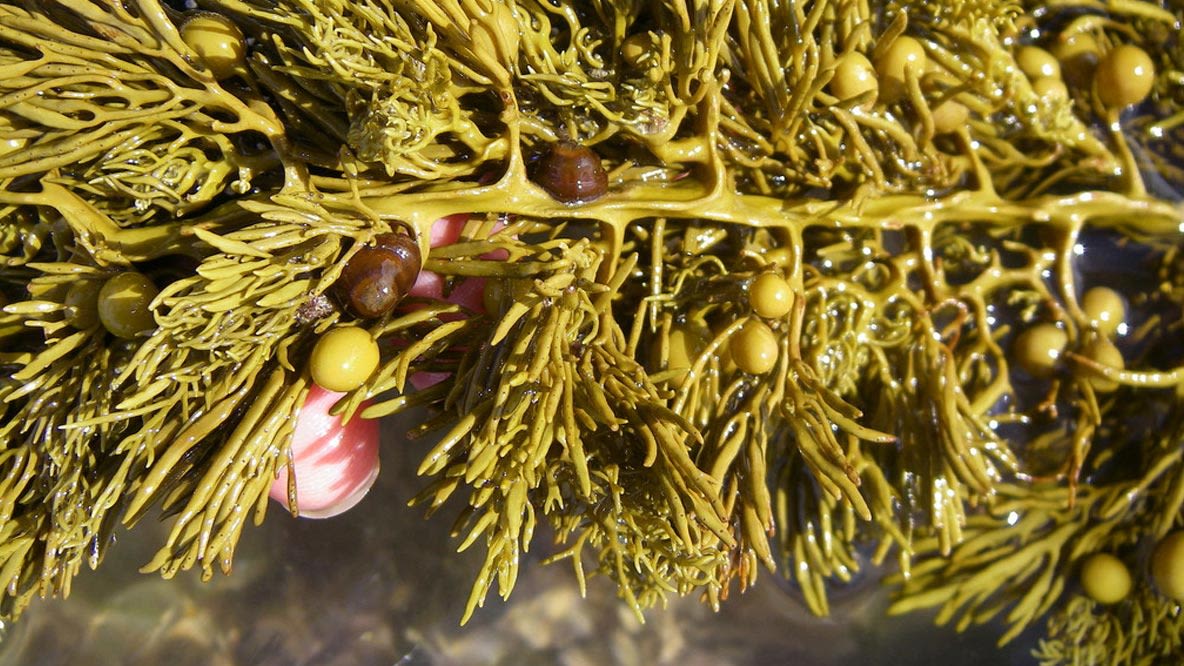Restoration Projects:
- The aim of this study was to examine the impact of the range-extending sea urchin Centrostephanus rodgersii on reef habitat structure and associated biodiversity within their extended range in Tasmania by using controlled sea urchin removals.
- The objective of this project was to restore Macrocystis pyrifera in Tasmania, as it is thought to be declining and provides habitat and food for a wide range of species.
- This study aimed to identify factors responsible for the persistence of barrens created by H. erythrogramma in Tasmania, by assessing whether recovery of native canopy-forming algae on sea urchin barrens can be inhibited in the absence of intense sea urchin grazing.
- The aim of this paper was to critically test the effect of H. erythrogramma on macroalgal habitat when the sea urchin occurs at relatively low but typically observable densities of 46 individuals per square meter.
- The aim of this paper was to critically test the effect of H. erythrogramma on macroalgal habitat when the sea urchin occurs at relatively low but typically observable densities of 46 individuals per square meter.
- The aim of this study was to determine whether the introduced seaweed Undaria pinnatifida is preventing re-establishment of String Kelp (Macrocystis pyrifera) in the Mercury Passage.
- The objective of this project was to restore Macrocystis pyrifera in Tasmania, as it is thought to be declining and provides habitat and food for a wide range of species.
- The aim of this study was to determine whether the introduced seaweed Undaria pinnatifida is preventing re-establishment of String Kelp (Macrocystis pyrifera) in the Mercury Passage.
- The objective of this project was to restore Macrocystis pyrifera in Tasmania, as it is thought to be declining and provides habitat and food for a wide range of species.
- The objective of this project was to restore Macrocystis pyrifera in Tasmania, as it is thought to be declining and provides habitat and food for a wide range of species.
- The objective of restoration was to improve Macrocystis pyrifera beds in Tasmania, as they are thought to be declining, and provide food and shelter for a wide range of animals and plants.
- This study aimed to explore how the resilience and stability of E. radiata habitats is influenced by habitat degradation Specifically it looked at how patch size and kelp density influence the habitat-forming role of kelps.
- The aim of this study was to determine whether the introduced seaweed Undaria pinnatifida is preventing re-establishment of String Kelp (Macrocystis pyrifera) in the Mercury Passage.
- The objective of this project was to restore Macrocystis pyrifera in Tasmania, as it is thought to be declining and provides habitat and food for a wide range of species.
- The objective of this project was to restore Macrocystis pyrifera in Tasmania, as it is thought to be declining and provides habitat and food for a wide range of species.
- The aim of this study was to determine whether the introduced seaweed Undaria pinnatifida is preventing re-establishment of String Kelp (Macrocystis pyrifera) in the Mercury Passage.
- The objective of this project was to restore Macrocystis pyrifera in Tasmania, as it is thought to be declining and provides habitat and food for a wide range of species.
- The objective of this project was to restore Macrocystis pyrifera in Tasmania, as it is thought to be declining and provides habitat and food for a wide range of species.








